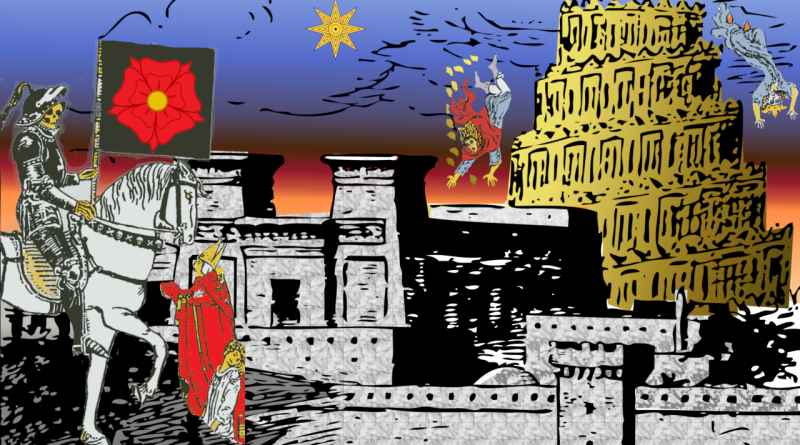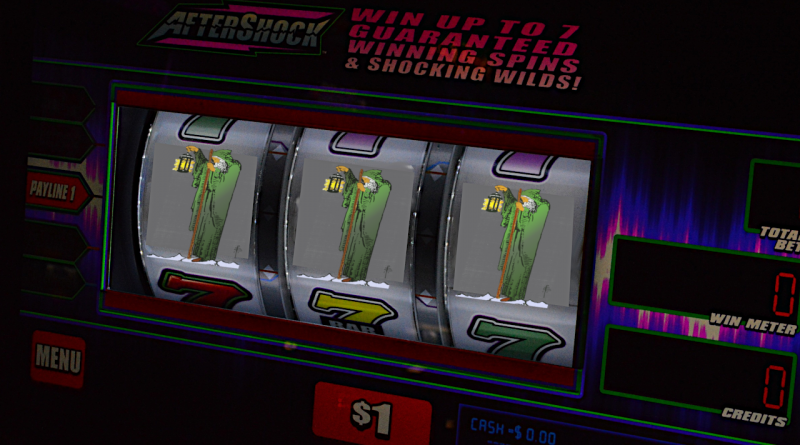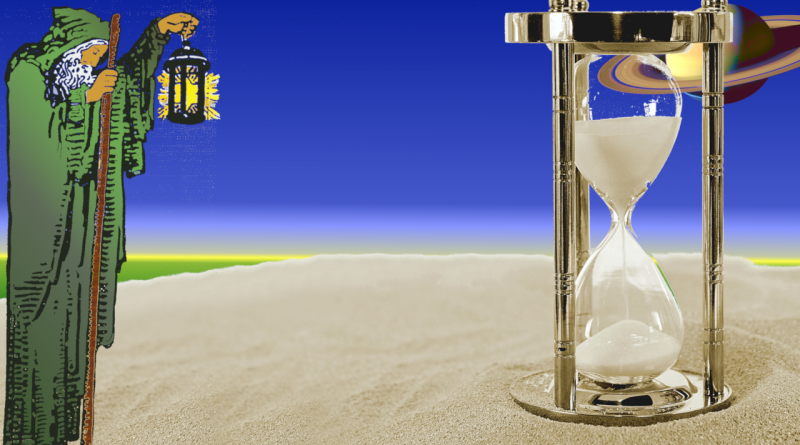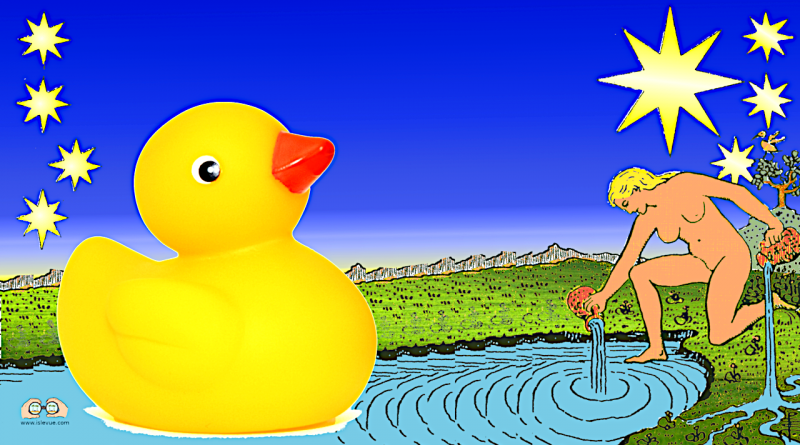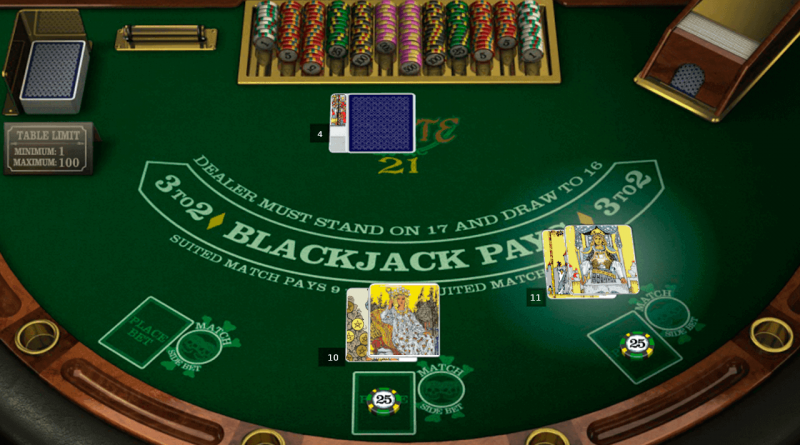The Tower, the Black Death, the Antichrist and the Apocalypse
Recent scholarship indicates that the first wave of the Black Death which swept Europe in the fourteenth century convinced Petrarch that apocalypse was nigh. He identified Avignon, site of the immense Papal Palace built by Pope Clement VI as a contemporary Tower of Babel. The flowers on the papal coat of arms of Clement, sculpted on the exterior of the palace, bear a remarkable resemblance to what Waite calls the “mystic rose” on Death’s banner. This provides not only a minor tarot mystery, but an insight into Waite’s “curation” and re-use of the jumble bag of historical tarot symbols in his seemingly unbounded endeavor to inject Christian mysticism into the modern tarot he and Colman Smith popularized so successfully.
Read More